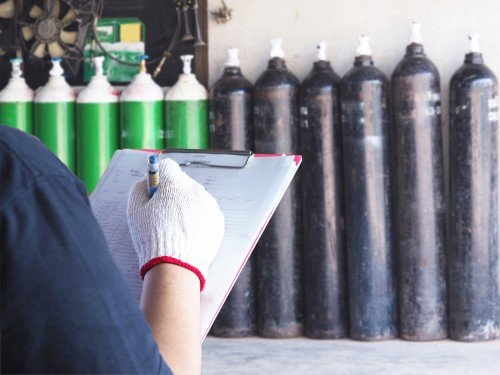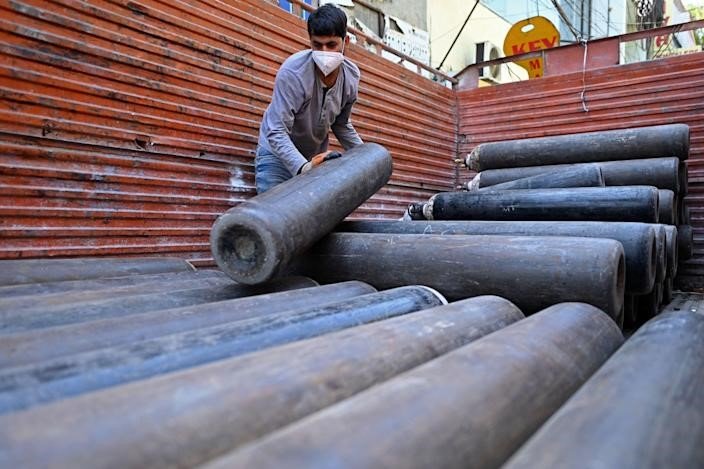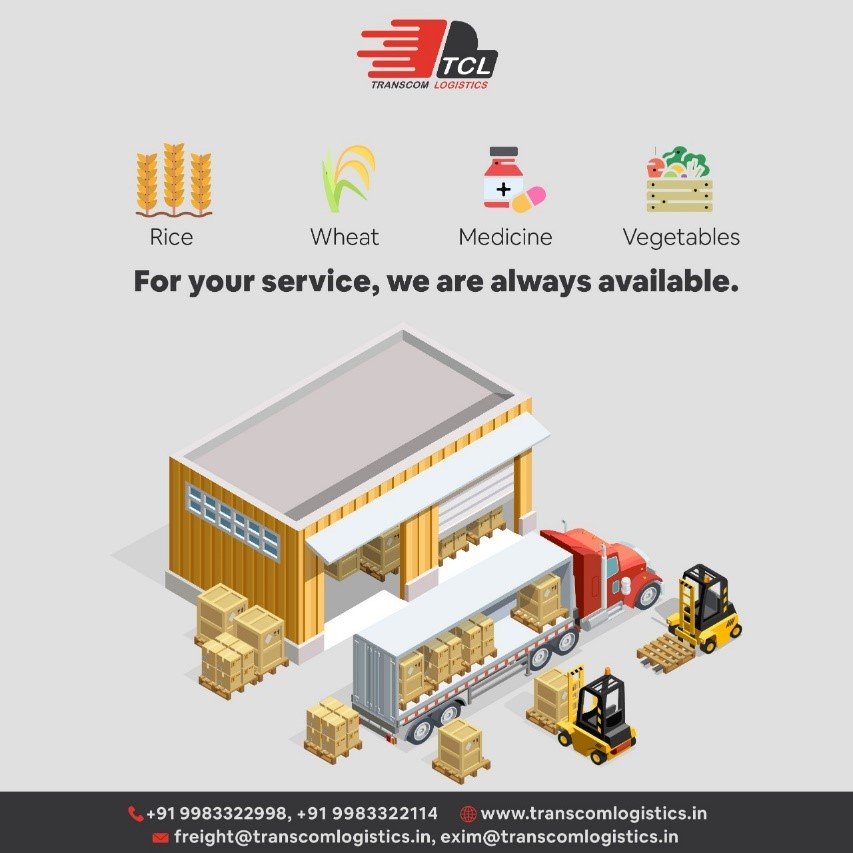In the middle of the second deadly wave of Covid-19 in India, there is a sudden surge in the demand for oxygen. To overcome this challenging situation, each sector has to push them to work extra and fulfill the required need. India’s logistics has a major role in transferring the oxygen cylinders from the plants to different locations. Amidst this crisis, Indian Logistics is facing many challenges. This crisis resulted in highlighting India’s Logistics problems. The following article discusses some of all the supply–chain problems and challenges.

Multi point pick-up chaos:
The logistics companies attribute the difficulty in the medical oxygen supply chain in India to the extremely dispersed locations of sourcing points (distributors and manufacturers), which prompted a sudden change to a highly complex multi-point pick-up model, which most conventional logistics players were unfamiliar with. Also, the supply chain wasn’t the main problem, it was difficult because the pick-up and supply points were random, and were changing as frequently as in an hour or two. This created hassle and chaos for the logistics management and the drivers involved. Multi point pick-up was quite an unexpected change and needed more working than just the traditional methods.
Unavailability of vehicles:
The logistics professionals also pointed out that there was an unavailability of customised trucks against the demand. There aren’t enough tankers to transport supplies. Apart from a few in the west, the majority of the plants are in eastern India. Long distances and a lot of turnaround time are involved, which certainly was a major challenge. This is taken into consideration and daily new solutions are practiced to make the situation better. The government is also considering having the IOCL Cryogenics Plant in Nashik build 100 tankers, though deliveries would take “4-6 months.” Twenty cryogenic tankers have been imported, according to the Union Health Ministry. Cryogenic tankers have double-skin vacuum-insulated tanks with a stainless-steel inner vessel for storing medical oxygen at -180 degrees C. Insulant fills the gap between the inner and outer vessels.
Sudden surge in demand:
This is of course the main reason for all the havoc. The sudden surge in oxygen was to be delivered all across the nation and customary logistics is not aware of models with random pick-up and drop points. Distributors restrict and cater to the normal requirements of medical oxygen. The sudden increase in cases increased demand, making it difficult to meet. The existing logistics were continuously in service for the movement of essentials – fruits, vegetables, pharmaceuticals, etc.
Oxygen, which used to require monthly or fortnightly logistics, now needs to be transported every day, and that too continuously, across cities.

With continuous fight from this deadly wave, India is trying daily to improve and monitor all the involved industries. Logistics industries and professionals are working day and night to cater to the medical demands. It is with time and continuous hard work, that the industry would win over the fatal virus. Until then, we continue to fight back.
In nations tough times, we at Transcom Logistics are doing our best to help the citizens. We are continuously at service to provide essentials such as fruits, vegetables, oil, etc. all over the country. Essential pharmaceuticals are also being transported to all the necessary locations by us. We as a team are doing everything possible at this difficult hour and will continue to serve the country in every possible way we can.

TCL – For your service, always.
